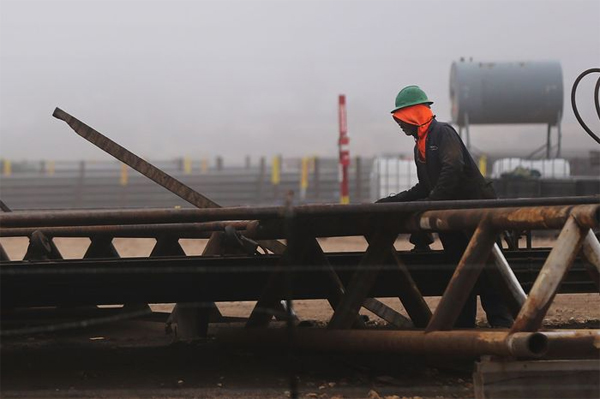
Myra Saefong and William Watts, MarketWatch
SAN FRANCISCO/NEW YORK
EnergiesNet.com 04 15 2022
Oil futures finished higher on Thursday after a report said European Union officials were drafting a measure to ban Russian oil.
Thursday’s gain contributed to a nearly 9% climb in crude prices for the holiday-shortened week.
Price action
- West Texas Intermediate crude for May delivery CL00, +2.20% CL.1, +2.20% CLK22, +2.20% rose $2.70, or 2.6%, to settle at $106.95 a barrel on the New York Mercantile Exchange.
- June Brent crude BRN00, -0.04% BRNM22, -0.04%, the global benchmark, added $2.92, or 2.7%, to $111.70 on ICE Futures Europe. Both Brent and WTI ended at their highest since March 30, based on front-month contracts, according to Dow Jones Market Data.
- May gasoline RBK22, +2.46% climbed 2.7% to $3.381 a gallon.
- May heating oil HOK22, +2.89% added 3.7% to $3.855 a gallon.
- May natural gas NGK22, +4.63% climbed by 4.3% to $7.30 per million British thermal units, the highest finish since October 2008. It rose more than 16% this week.
Market drivers
The New York Times reported Thursday that European Union officials were drafting a ban on oil imports from Russia. The EU has issued various sanctions on Russia, but has been reluctant to ban Russian oil given that some of its members are highly dependent on those imports.
EU officials and diplomats say the EU is moving toward adopting a phased-in ban designed to give Germany and other countries time to arrange for alternative suppliers, the report said. The EU took a similar approach to its ban on Russia coal earlier this month.
EU member states would negotiate the oil embargo after the final round of the French elections on April 24, the New York Times reported.
“Since the supply picture looks bleak, the only saving grace will be demand curtailment,” Manish Raj, chief financial officer at Velandera Energy Partners, told MarketWatch.
Read: Where oil stands 2 years after its historic drop below zero dollars a barrel
Oil prices ended the week higher, despite monthly reports from the Organization of the Petroleum Exporting Countries and the International Energy Agency that both cut forecasts for growth in global demand for crude. The IEA also raised its outlook for non-OPEC supply, putting the oil market on track to be balanced in the second half even without the release of strategic reserves, said Carsten Fritsch, analyst at Commerzbank.
However, analysts said worries about oil supplies remained in focus as traders eyed developments in the Russia-Ukraine war.
For the week, WTI oil prices rose 8.8%, while Brent oil added 8.7%. Most markets are closed on Good Friday, including energy trading on the Nymex and ICE Futures Europe.
“The Russian war in Ukraine looks like it will increase the risks of major oil product shortages, despite Biden’s premature Strategic Petroleum Reserve (SPR) release,” said Phil Flynn, senior market analyst at The Price Futures Group, in a daily note. “Growing pressure on buyers of Russian oil to cut off funding for [Russian President Vladimir] Putin’s war machine is giving the market underlying support.”
U.S. natural-gas futures, meanwhile, settled at their highest prices since October 2008. Analysts have attributed the recent gains to a rise in weather-related demand, tight supplies, and a climb in prices of coal, which competes with natural gas as an energy source.
Read: Why natural-gas prices just notched a 5th straight weekly gain
Prices extended their gains after the Energy Information Administration on Thursday said domestic natural-gas supplies rose by 15 billion cubic feet for the week ended April 8. That was more than the average weekly climb of 10 billion forecast by analysts surveyed by S&P Global Commodity Insights, but less than the five-year average supply climb of 33 billion.











